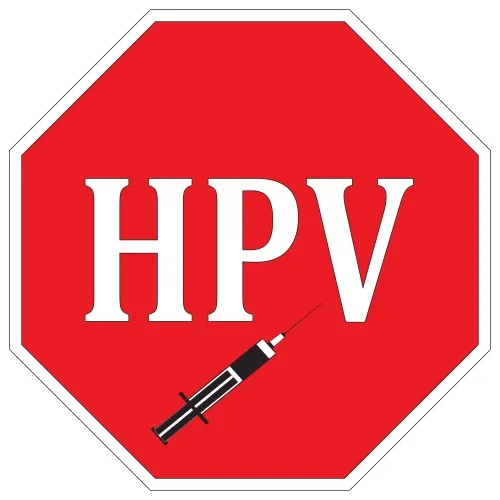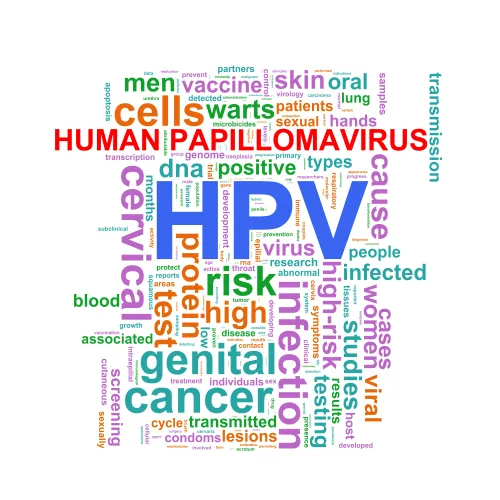Update Your HPV Testing Protocol

If your lab is stuck in the biennial Pap/reflex to HPV rut, you might encounter denials or missed billing opportunities, depending on your payers.
That’s because the landscape is changing regarding how to best screen for cervical cancer using tools such as Pap smears and human papilloma virus (HPV) tests.
Learn New Recommendations
Biennial Pap screening is a long-held practice for early detection of cervical cancer in low-risk women, or annual Pap tests for high-risk women. Plus, some labs have routinely processed client orders for a reflex HPV test if the Pap smear resulted in findings of atypical squamous cells of undetermined significance (ASCUS) or greater cellular changes.
Now several professional organizations have amended those cervical cancer screening recommendations, including the American Society for Clinical Pathology (ASCP), American Society for Colposcopy and Cervical Pathology (ASCCP), American College of Obstetricians and Gynecologists (ACOG), American Cancer Society (ACS), and the U.S. Preventative Services Task Force (USPSTF).
Know this: For women aged 21 through 65 years, the aforementioned agencies now stand behind Pap testing once every three years. And for women aged 30 through 65 years, the agencies actually recommend a preferred regimen of performing a Pap test plus an HPV test together once every five years, instead of just a Pap test once every three years. HPV testing is not recommended for women younger than 35, and is not advised as a stand-alone test at any age to screen for cervical cancer.
CMS on board: If you’re billing for a Medicare beneficiary, you should know that CMS issued a decision memo stating “that the evidence is sufficient to add HPV testing once every five years as an additional preventive service benefit under the Medicare program for asymptomatic beneficiaries aged 30 to 65 years in conjunction with the Pap smear test.”
Check with payers: Your lab may find that some payers have added HPV testing as a covered screening service, but they may also have increased the time between allowable Pap tests. That means you need to contact your major payers, and then alert clients to the new coverage paradigm. That way your lab can avoid Pap test frequency denials, and also ramp up legitimate HPV test orders for cervical cancer screening.
Know the codes: Labs may perform one of several HPV tests, as follows:
“You should select the appropriate code based on the HPV types you test for,” says William Dettwyler, MT AMT, president of Codus Medicus, a laboratory coding consulting firm in Salem, Ore.
Caution: Payers typically cover screening tests for high-risk HPV types, but may not cover a test for low-risk HPV types.
Get the Diagnosis Right
Payers generally cover screening tests only when you meet certain criteria, including using the correct diagnosis code. You’ll need to ensure that your lab clients know which ICD-10 codes indicate medical necessity for cervical cancer screening using Pap and HPV testing, as follows:
Problem: The 2015 ICD-10 contains an error, which assigns an “Excludes1” Note to the HPV screening in addition to an encounter for cervical screening code.
Remember: An “Excludes1” note means that you cannot report the two conditions at the same encounter.
The 2016 ICD-10 will correct the error by changing the statement to an “Excludes 2” note — meaning that you can report both codes together if the conditions occur together.
Bottom line: If your clients order concurrent Pap and HPV tests to screen for cervical cancer, they should request the tests from your lab by assigning both Z12.4 and Z11.21.




